You might ask why dry and wet carbon fiber look different. Their making processes in carbon fiber manufacturing cause these differences. Dry carbon fiber uses careful methods, giving it a dull or rough finish. Wet carbon fiber, however, often looks shiny or partly shiny because of how resin is applied.
Factories involved in carbon fiber manufacturing use tools like process checks and control charts to keep quality steady. These tools watch production and help maintain each type’s special look. Tests like gage repeatability and reproducibility ensure measurements are correct, which is key for good results.
These making differences in carbon fiber manufacturing change not just how carbon fiber looks but also how it works and its price.
Key Takeaways
-
Dry carbon fiber looks dull because of its special curing process. It is very strong and light.
-
Wet carbon fiber is shiny since resin is added by hand. This can make it less smooth and weaker.
-
Dry carbon fiber works best for high-performance uses. Wet carbon fiber costs less and is simpler to make.
-
Both types have different styles and advantages. Pick based on whether you need strength or want to save money.
Carbon Fiber Manufacturing Processes
Dry Carbon Fiber
Pre-impregnated resin (pre-preg) process
Dry carbon fiber starts with pre-preg material. This is carbon fiber sheets with resin already added. No need to apply resin by hand. This ensures the resin spreads evenly. It lowers the chance of flaws like air bubbles. The result is a smoother surface. Pre-preg also makes dry carbon fiber very light. It can be up to 70% lighter than wet carbon fiber.
Autoclave curing and its role in surface finish
After shaping, dry carbon fiber is cured in an autoclave. This high-pressure machine removes trapped air and dirt. It makes the carbon fiber stronger and more even. The autoclave also gives dry carbon fiber its matte or rough look. This process creates a durable product with a steady appearance.
Wet Carbon Fiber
Resin infusion and hand-layup techniques
Wet carbon fiber uses resin infusion or hand-layup methods. Resin is applied directly to the carbon fiber sheets. This method is easier and cheaper. But it often causes uneven resin spreading. This can lead to flaws like air bubbles. These flaws weaken the material and affect its look.
Open mold curing and its impact on surface quality
Wet carbon fiber cures in an open mold after resin is added. This process is less controlled than an autoclave. It can cause uneven or rough surfaces. The shiny look of wet carbon fiber comes from extra coatings or polishing. This method is popular because it costs less and is easier to do.
Key Process Differences
Resin application methods
The main difference is how resin is added. Dry carbon fiber uses pre-preg material with resin already inside. This ensures even spreading and fewer flaws. Wet carbon fiber has resin applied by hand, which can cause imperfections.
Curing environments and their effects on finishes
Curing methods also matter a lot. Dry carbon fiber cures in an autoclave, removing air bubbles and making a smooth finish. Wet carbon fiber cures in an open mold, which can cause uneven surfaces. These differences affect the strength, weight, and look of the final product.
|
Category |
Wet Carbon Fiber |
Dry Carbon Fiber |
|---|---|---|
|
Cost |
Cheaper – needs less expensive tools |
Costlier – pre-preg and autoclave needed |
|
Strength |
Weaker – air bubbles can lower strength |
Stronger – autoclave removes air bubbles |
|
Weight |
Heavier – resin is applied directly |
Lighter – pre-preg is up to 70% lighter |
|
Quality |
Lower – weaker and heavier |
Higher – stronger and lighter |
|
Maintenance |
Needs care to keep its look |
Needs care to keep its look |
Comparing Carbon Fiber Finishes
Glossy vs. Matte Appearance
Why wet carbon fiber often has a glossy finish
Wet carbon fiber looks shiny because of how it is made. Resin is spread on the carbon sheets during the wet lay-up process. After curing, this gives it a glossy or semi-glossy look. To make it shinier, makers may add a clear coat or polish it. This creates the classic shiny carbon fiber style. But this method can cause uneven resin amounts, making the surface less consistent.
Why dry carbon fiber typically has a matte or textured finish
Dry carbon fiber usually has a matte or rough look. It is made with pre-preg material and cured in an autoclave. This process spreads resin evenly and uses high pressure to remove flaws. No extra coatings are needed for its smooth finish. This gives dry carbon fiber a modern, simple style. It stays light and strong without polishing or clear coats.
Surface Texture and Uniformity
Smooth, consistent finishes in dry carbon fiber
Dry carbon fiber has a smooth and even texture. The pre-preg method spreads resin perfectly, and autoclave curing removes air bubbles. This makes the surface high-quality and reliable. Its matte finish is great for people wanting a unique look.
Variability and imperfections in wet carbon fiber
Wet carbon fiber often has uneven surfaces. Methods like wet layup can cause resin to spread unevenly. This leads to flaws like air bubbles or rough spots. Its shiny finish looks nice but lacks the smoothness of dry carbon fiber.
Durability and Resistance
Impact of surface finish on wear and tear
The finish affects how long carbon fiber lasts. Dry carbon fiber resists damage better because it has fewer weak spots. Its careful making process makes it strong for tough uses. Wet carbon fiber can crack or chip more easily over time.
UV resistance and protective coatings
Both types need coatings to block UV rays. Wet carbon fiber depends on clear coats, which can wear out in sunlight. Dry carbon fiber’s matte finish needs fewer coatings, making it last longer. This makes it better for outdoor use where strength matters.
Factors That Affect Carbon Fiber Finishes
How Resin is Applied
Pre-preg resin in dry carbon fiber
Dry carbon fiber uses pre-preg material with resin already added. This spreads resin evenly across the carbon fiber sheets. It stops air bubbles and uneven layers from forming. The result is a smooth surface with fewer flaws. This method also makes the material lighter and stronger. It’s perfect for high-performance uses.
|
Carbon Fiber Type |
Surface Finish Features |
Performance Advantages |
|---|---|---|
|
Dry Carbon |
Smooth, fewer flaws |
Lighter, stronger, more consistent |
|
Wet Carbon |
Rough, uneven, air pockets |
Heavier, less consistent |
Hand-applied resin in wet carbon fiber
Wet carbon fiber uses resin applied by hand. This can cause uneven resin spreading. Air pockets or rough spots may appear on the surface. While cheaper, this method lowers the material’s strength and uniformity. Wet carbon fiber’s rough finish shows these problems.
How Carbon Fiber is Cured
Autoclave curing for dry carbon fiber
Dry carbon fiber cures in a high-pressure autoclave. This removes trapped air and creates a smooth finish. The controlled process makes the material strong and durable. The autoclave also gives dry carbon fiber its matte or textured look.
Open-air curing for wet carbon fiber
Wet carbon fiber cures in open-air molds. These molds are less precise than autoclaves. This often causes uneven surfaces and flaws. Wet carbon fiber’s shiny look needs extra coatings or polishing to look even.
Finishing After Production
Sanding and polishing for wet carbon fiber
Wet carbon fiber needs more work after production. Sanding removes rough areas, and polishing makes it shinier. These steps improve its look but take more time and money.
Little finishing needed for dry carbon fiber
Dry carbon fiber needs less work after production. Its precise process already gives it a smooth, even finish. This saves time and keeps the material lightweight.
|
Finishing Method |
Effect on Surface Look |
|---|---|
|
Surface Treatment |
Makes surface rougher for better sticking |
|
Sizing |
Protects fibers, makes them easier to work with |
|
Electrochemical Bath |
Changes surface for better bonding |
Practical Implications of Surface Finish Differences
Aesthetic Considerations
Matte finishes for a modern, simple style
Matte dry carbon looks sleek and modern. It’s great for people who like a subtle but bold design. This finish hides scratches and fingerprints well, making it good for items used often. It also handles sunlight better, lasting longer outdoors. But cleaning matte surfaces can be tricky, and they are not always easy to find.
-
Why pick matte finishes?
-
Cool and unique style
-
Hides wear and scratches
-
Stays strong in sunlight
-
Glossy finishes for a shiny, fancy look
Wet carbon usually has a glossy finish that looks luxurious. Its shiny surface matches well with other glossy materials, making it popular for cars and decorations. However, glossy wet carbon needs regular cleaning and polishing to stay nice. It can scratch or fade without UV protection.
-
Why pick glossy finishes?
-
Fancy and sporty look
-
Matches other shiny materials
-
Easy to find in stores
-
Performance Impacts
Dry carbon fiber saves weight
Dry carbon is very light. Its pre-preg process uses less resin, cutting down weight. This makes it perfect for racing and airplanes, where weight matters a lot.
|
Feature |
Description |
|---|---|
|
Lightweight |
Much lighter than wet carbon due to less resin. |
|
Stronger & Stiffer |
Less resin makes it stronger and tougher. |
|
Applications |
Used in racing and airplanes for top performance. |
|
Example Vehicles |
Ferrari LaFerrari, McLaren P1, Lamborghini Aventador SVJ, etc. |
Wet carbon fiber can be heavier
Wet carbon is heavier because of how resin is added. The hand-layup method spreads resin unevenly, adding extra weight. While cheaper, this makes it less ideal for things needing to be lightweight.
Cost and Accessibility
Dry carbon fiber costs more to make
Making dry carbon is expensive. It uses advanced methods like autoclave curing and pre-preg materials. These steps make it high-quality but raise the price. Dry carbon is mostly used for high-end products.
|
Feature |
Dry Carbon Fiber |
Wet Carbon Fiber |
|---|---|---|
|
Production Cost |
Costs more |
Costs less |
Wet carbon fiber is cheaper to produce
Wet carbon is easier and cheaper to make. Methods like resin infusion and open-air curing keep costs low. This makes it a good choice for mass production. Wet carbon is common in everyday items and car parts.
-
Why wet carbon is affordable:
-
Costs less to make
-
Easier production steps
-
Great for making lots of products
-
Dry carbon fiber has a matte or rough surface. This comes from careful methods like pre-preg resin and autoclave curing. Wet carbon fiber, however, is shiny because of hand-applied resin and open-air curing. These methods change how they look, work, and cost.
-
Dry carbon fiber is strong and reliable, great for tough uses.
-
Wet carbon fiber is cheaper and flexible but less consistent.
-
Both types look good and work well for different purposes.
Your choice depends on what you need. Pick dry carbon fiber for strength and a modern look. Choose wet carbon fiber if you want something affordable and adaptable.


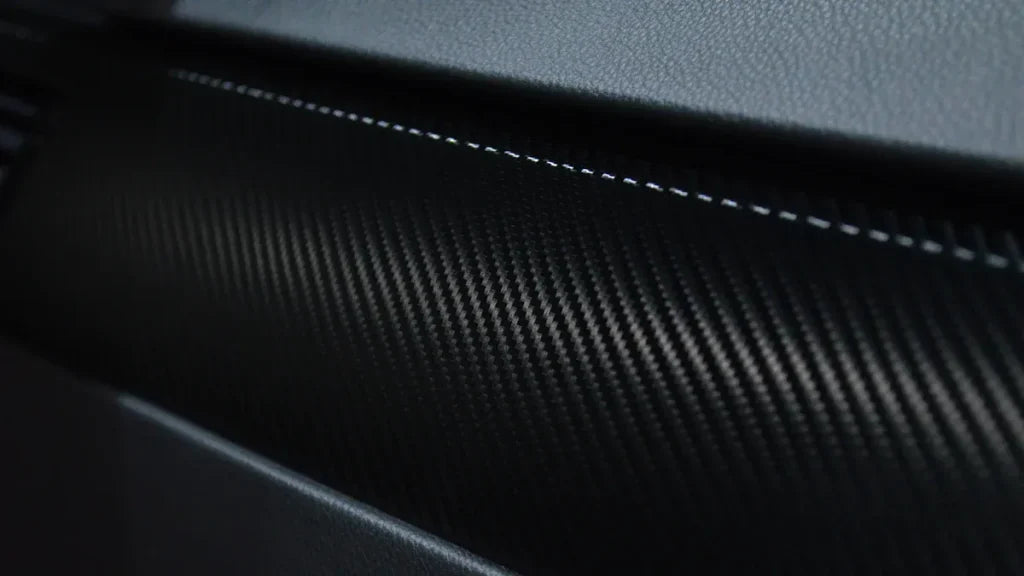
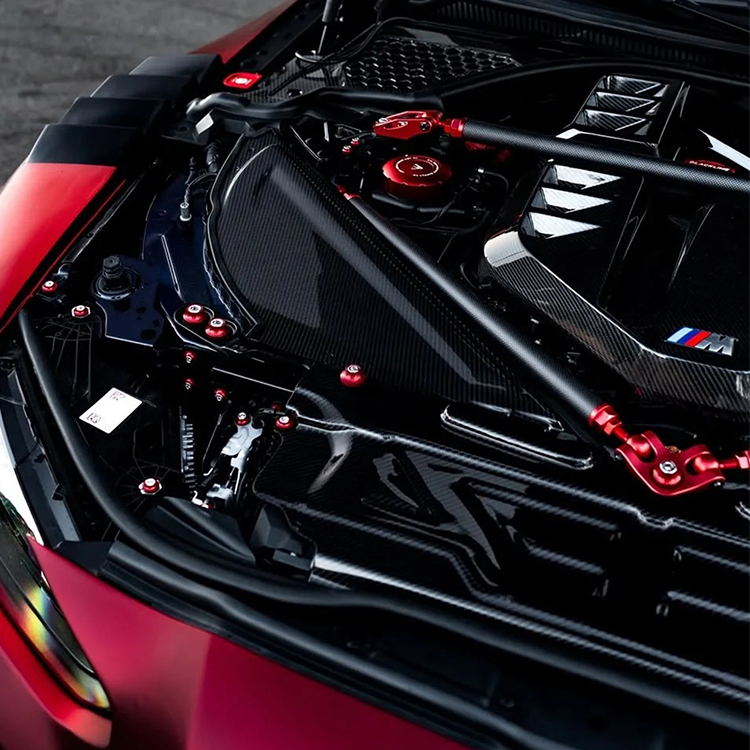
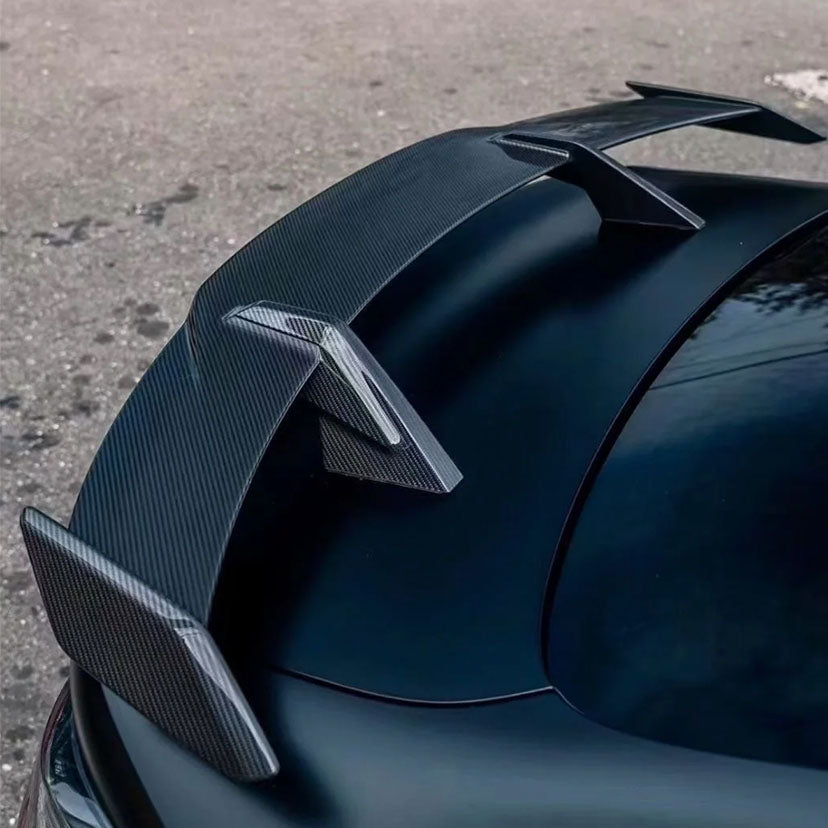
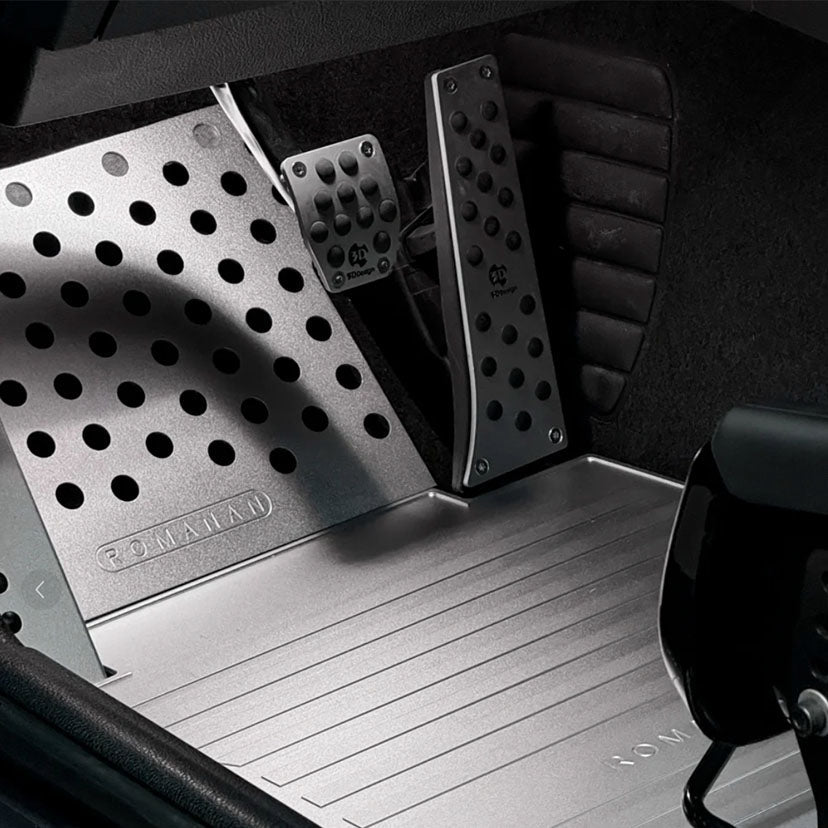
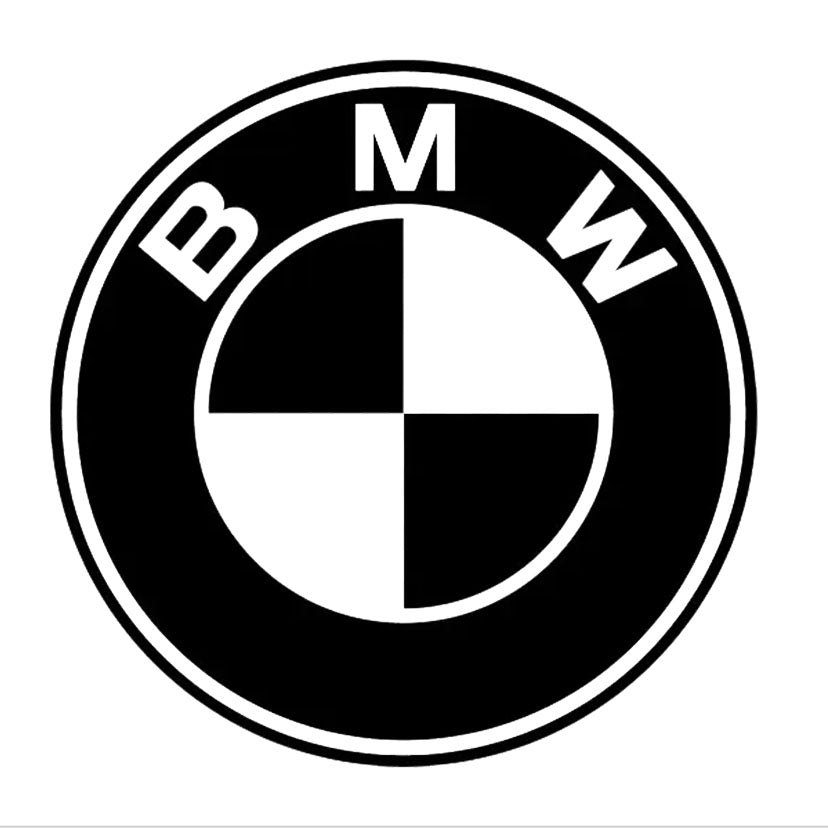
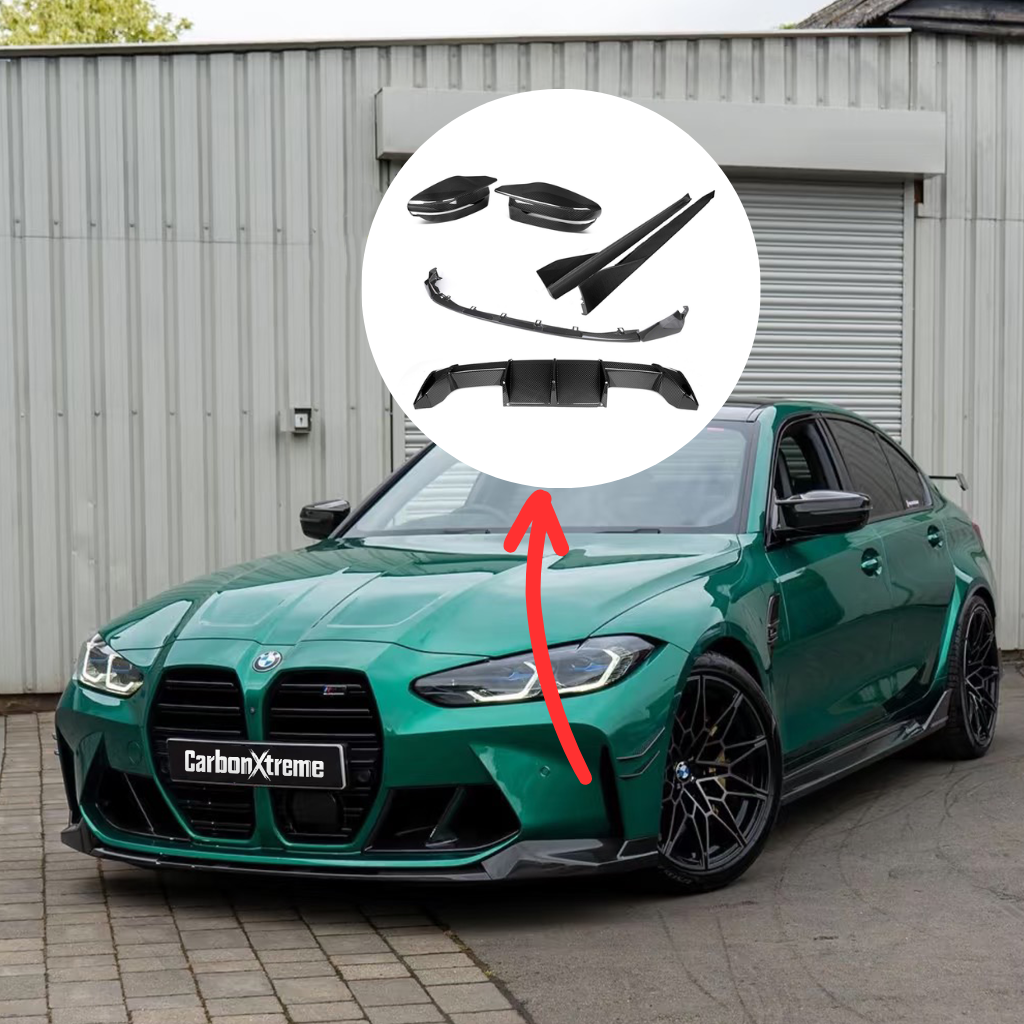
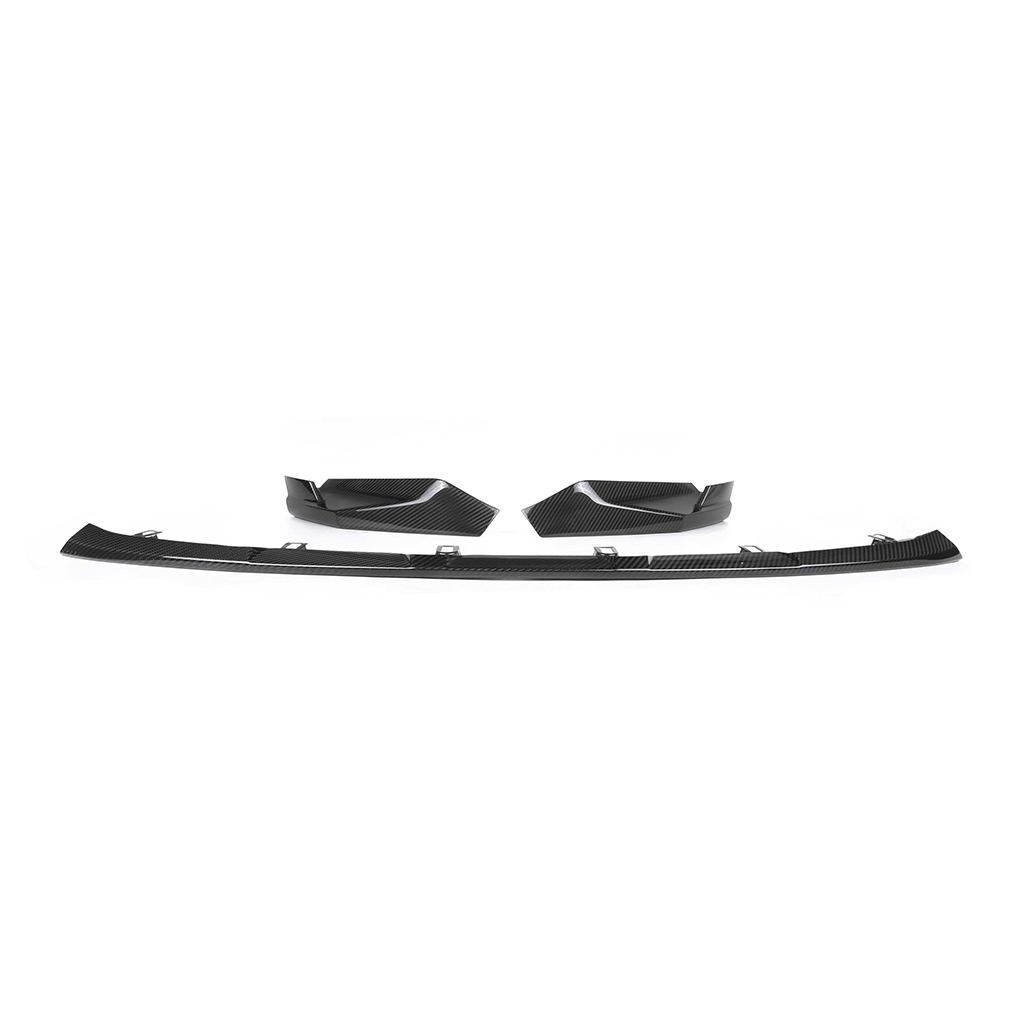
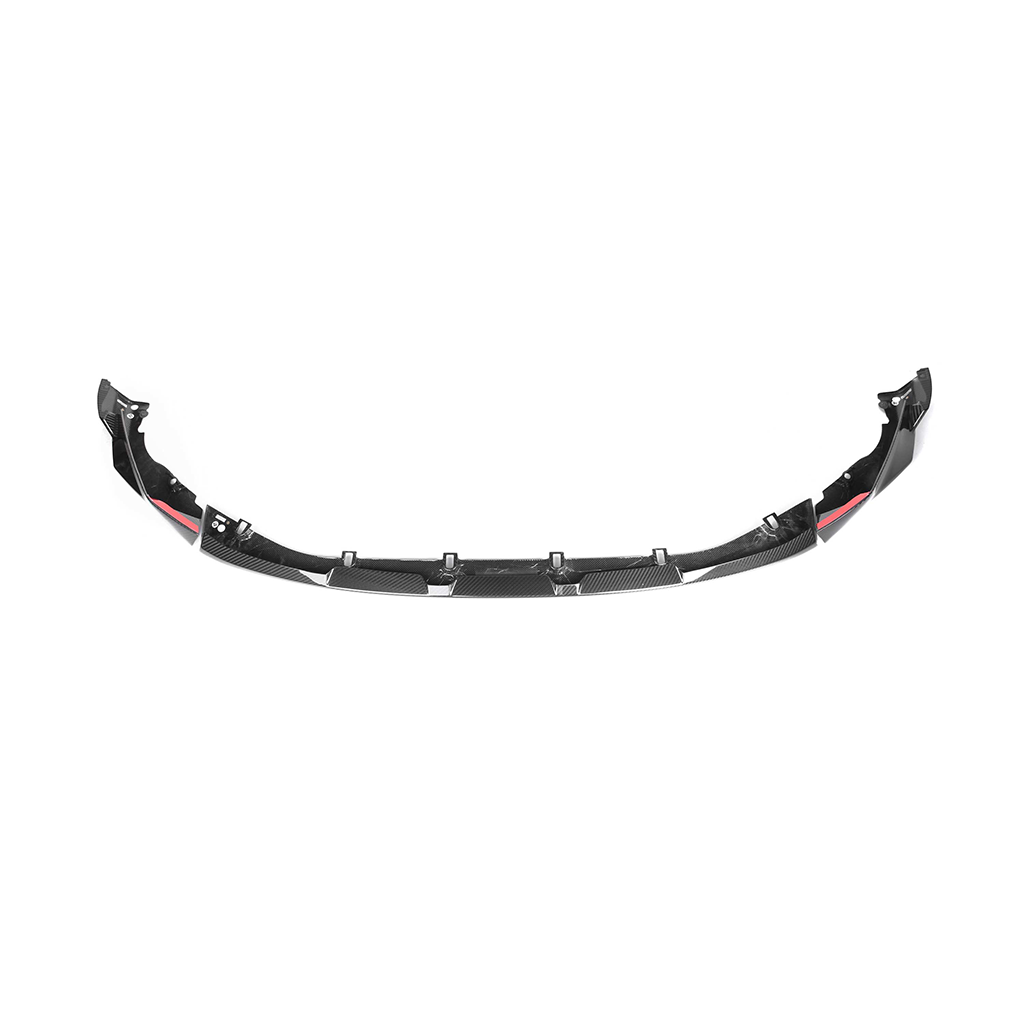
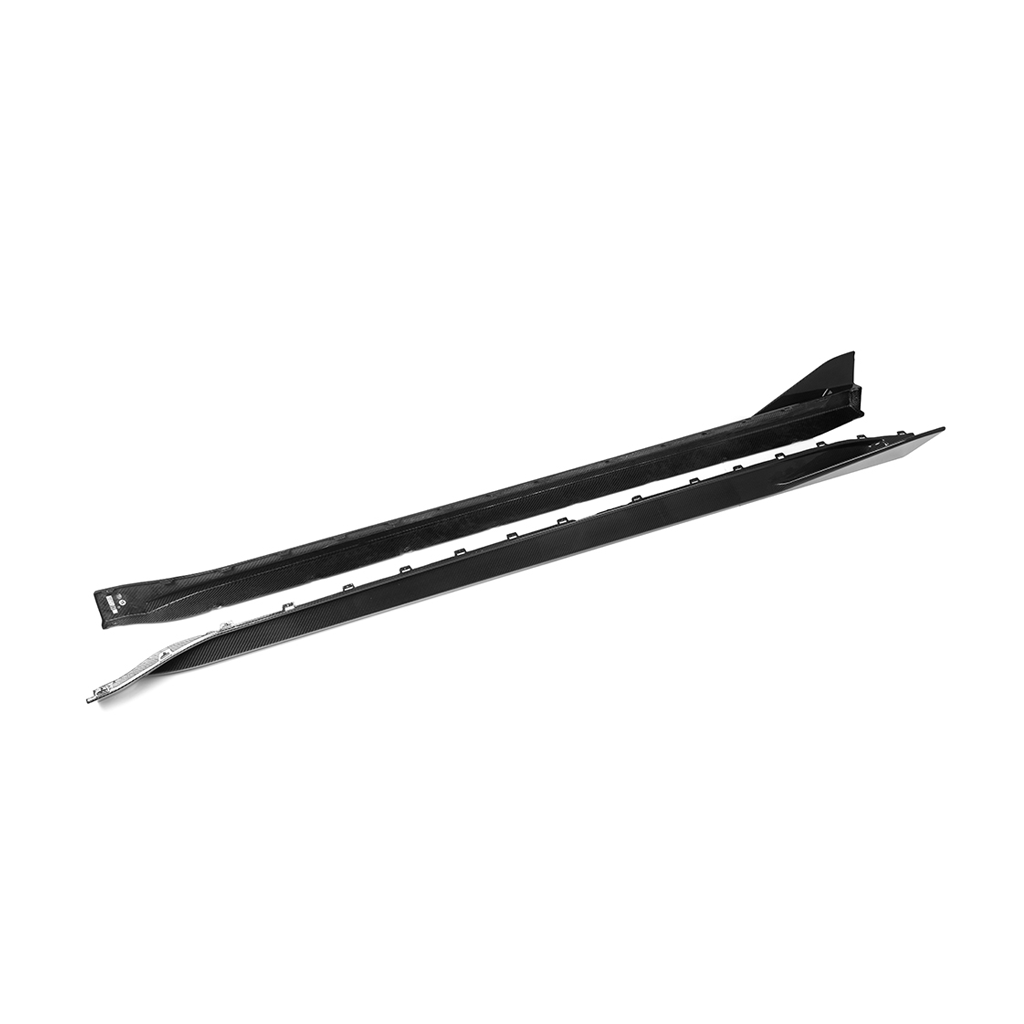
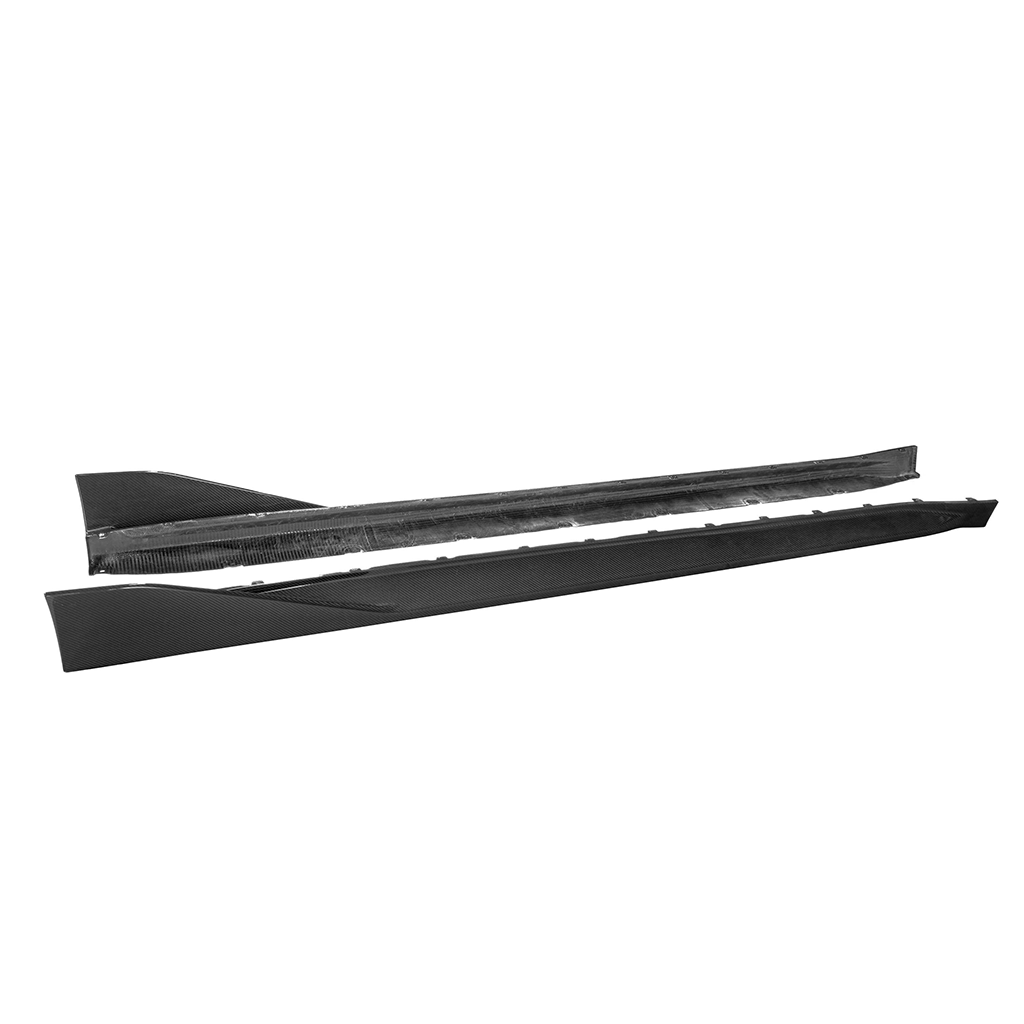
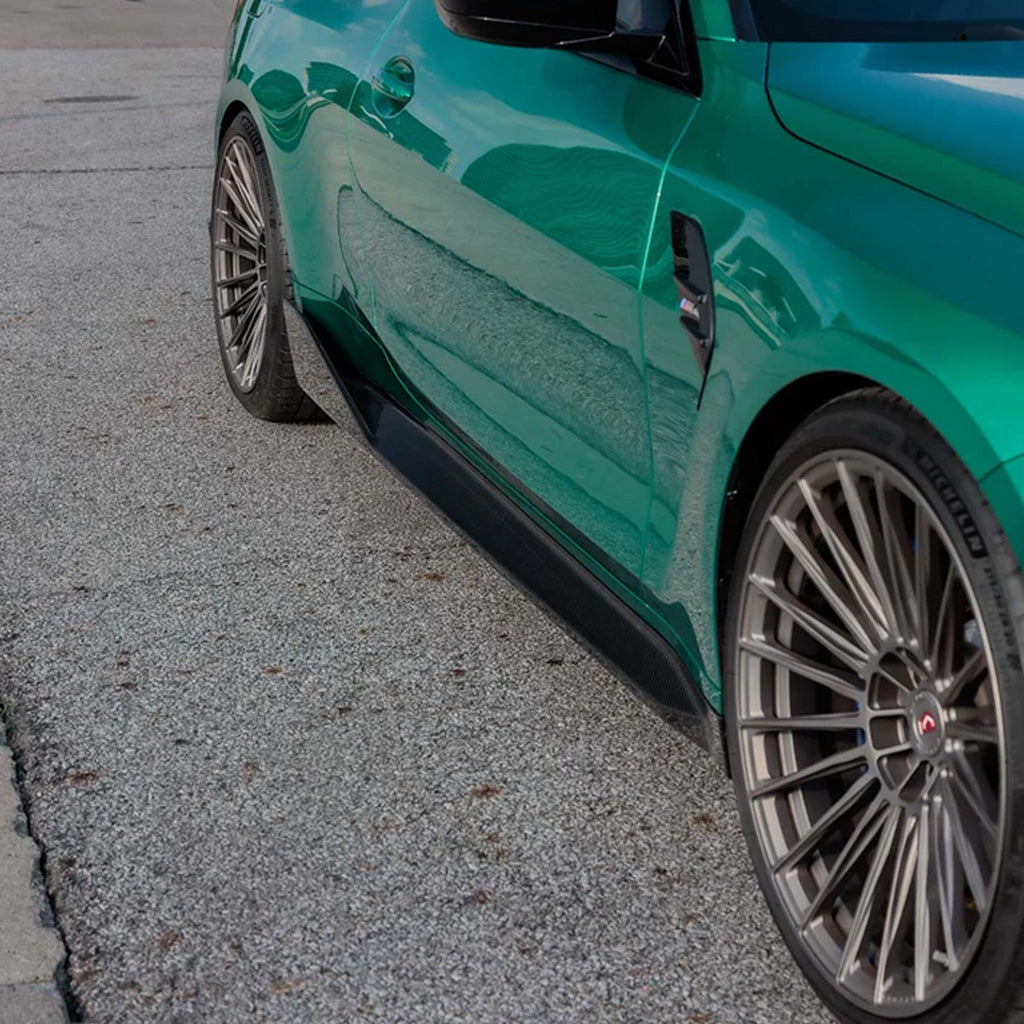



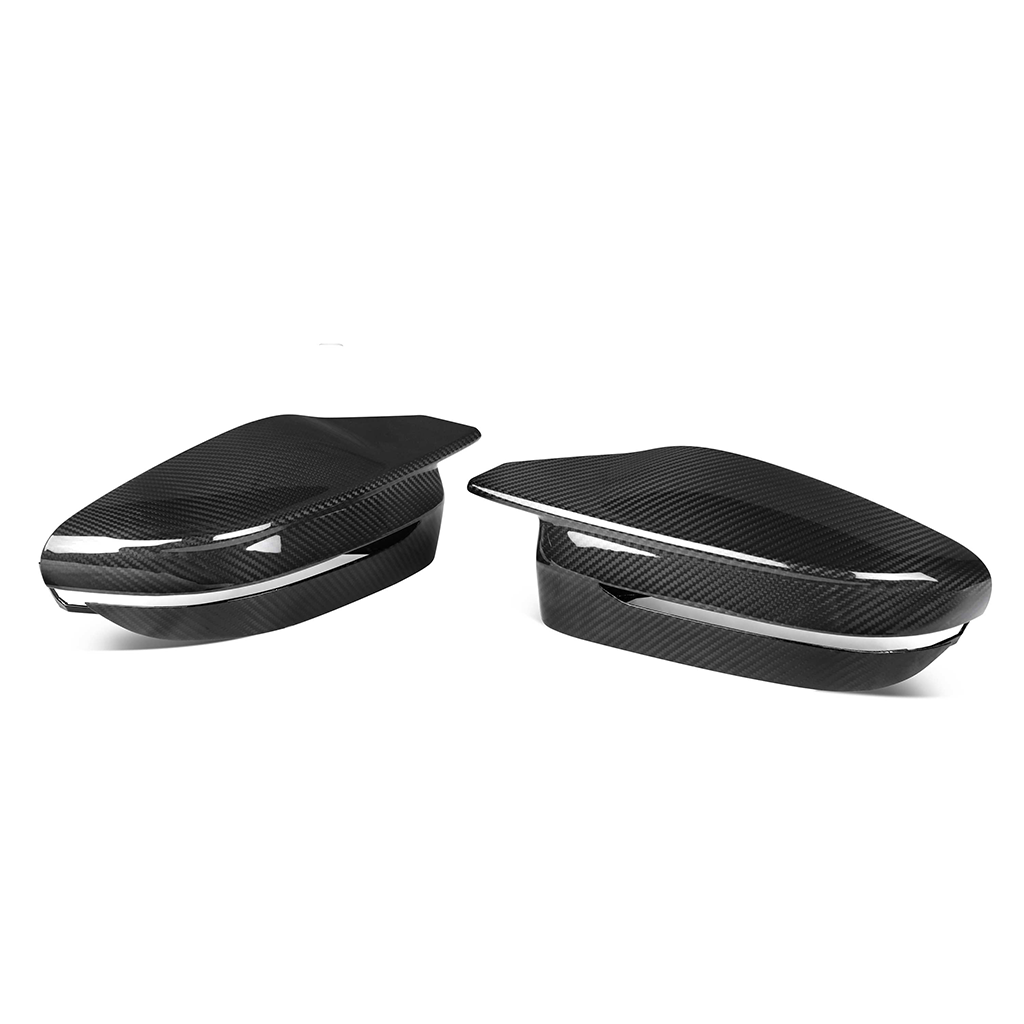
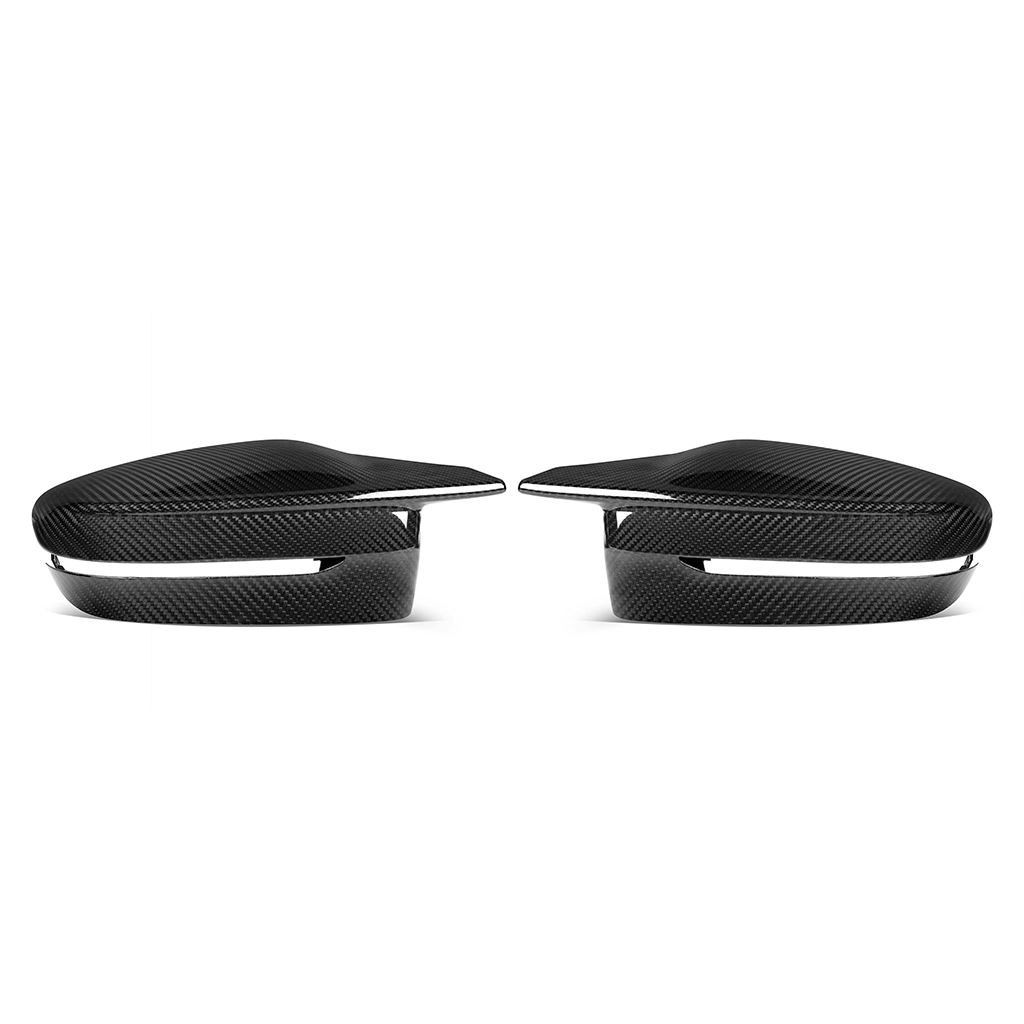
Share:
How to Perform Carbon Fiber Layup Using Dry and Wet Methods
Carbon Fiber Curing Trends to Watch in 2025